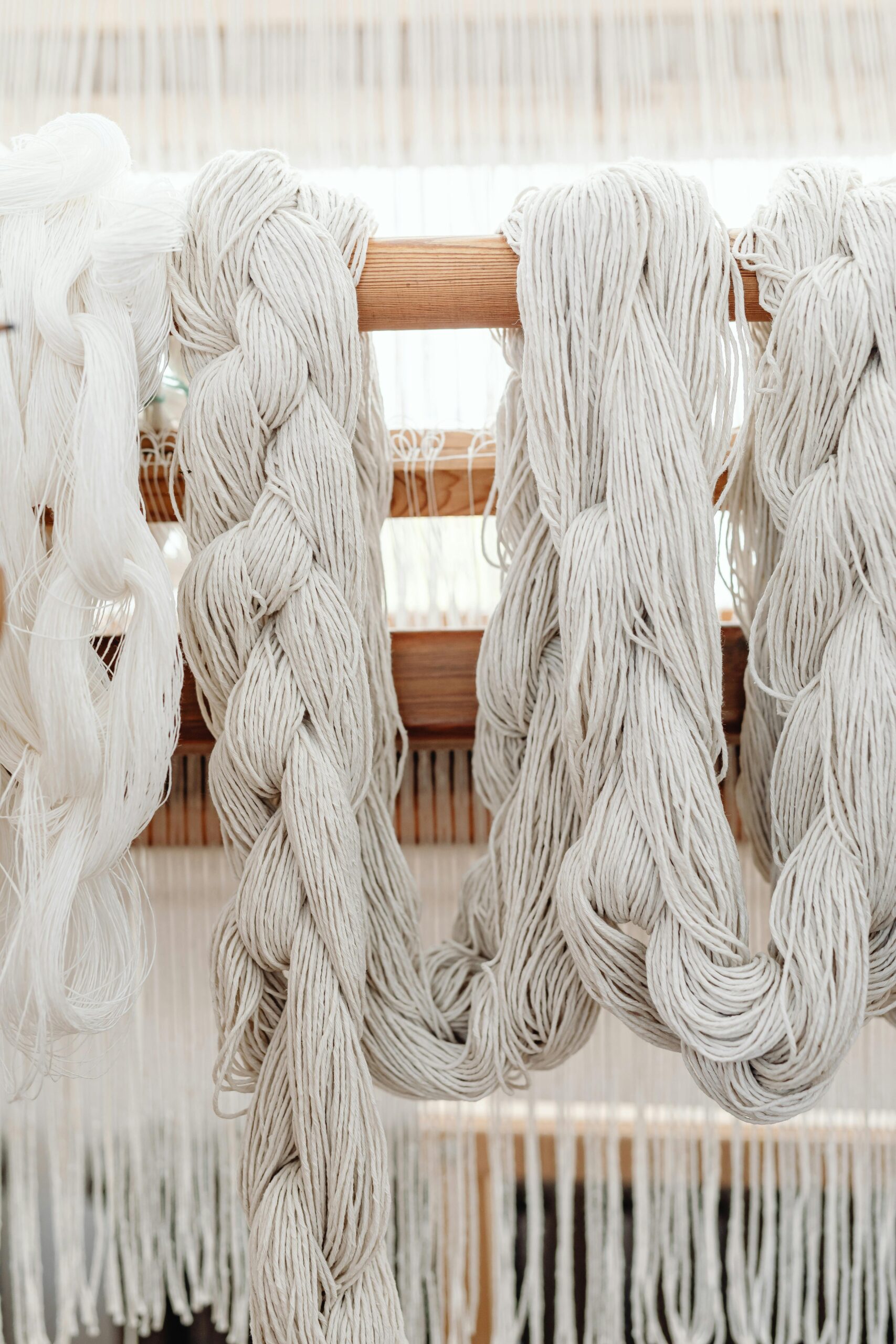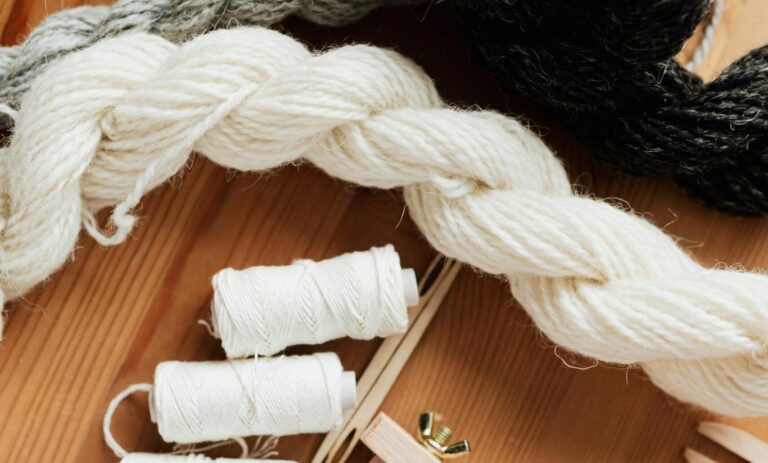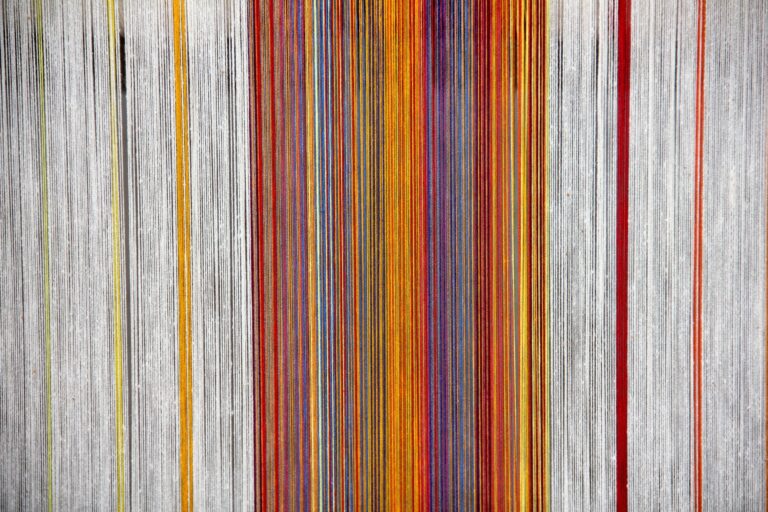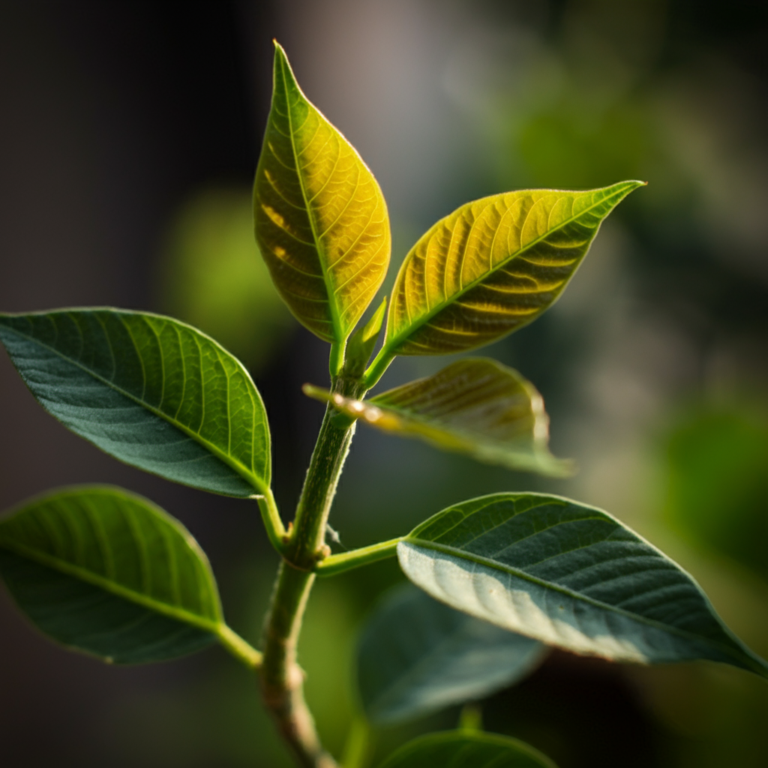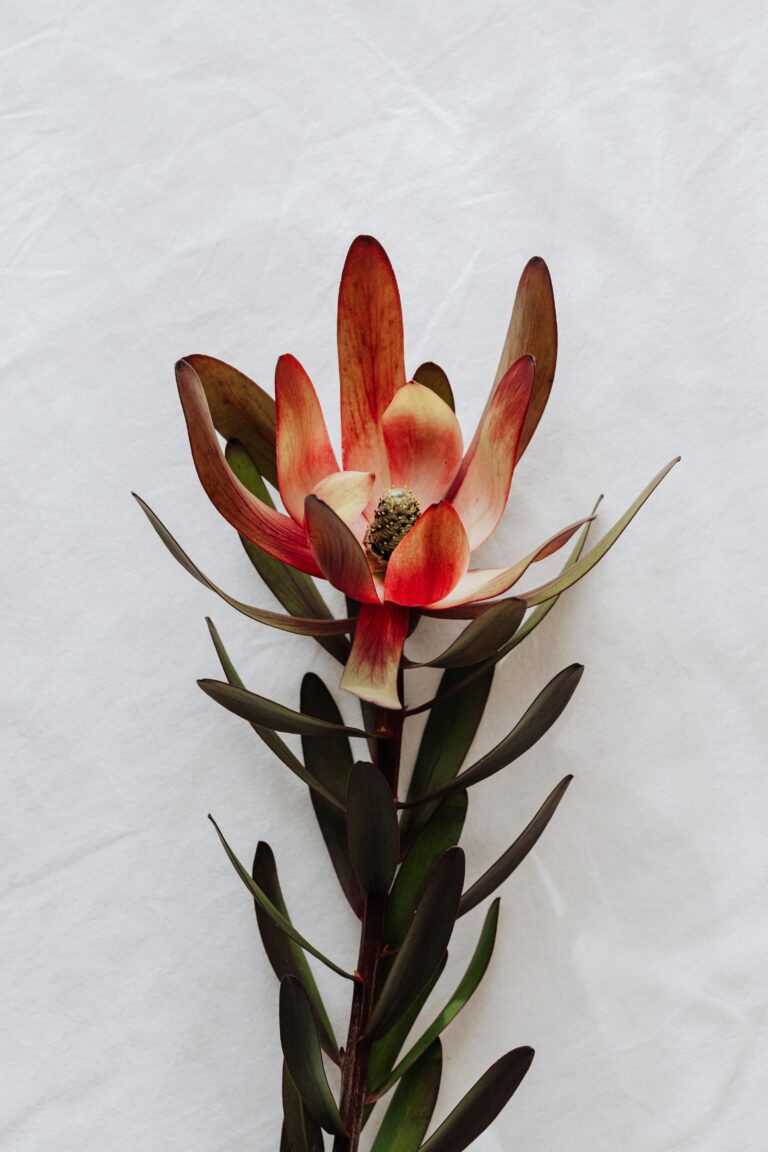Mordanting Cotton and other cellulose fibres with Alum

Mordanting cotton with alum is a little different than dealing with wool. Here is what I like to do to prepare for my natural dyeing on cellulose fibres.
Mordanting with alum
Mordanting is the second stage of dyeing techniques used in the natural dyeing process.
This is the process of preparing your fibres to receive the plant material on a chemical level. Mordanting usually involves the use of a metal compound which helps the dye adhere and stay onto the fibre. It also helps to stabilize the dye so that it has less chance of fading through sunlight or washing.
Mordanting works differently on cellulose and protein fibres. It may not even be needed for some natural dyes. It really all depends on the chemical reactions between the natural dye material and the fibre, as well as the way the actual dye stuff adheres to the fabric. For example with some dye stuff like indigo, the dye does not actually adhere to the fibre but attaches itself to the air bubbles surrounding the fibre and then expands to the point where it gets trapped, giving the appearance that the material has been dyed.
The most typical mordant that is used for cellulose fibres is called alum. This is Potassium Aluminium Sulphate and is quite readily available from most stores that supply dyeing products.
Safety Note
Always ensure when dyeing of any nature, to keep all saucepans and utensils used in the process, separate from your general cooking supplies. You do not want to cook with anything that has been used to mordant or naturally dye your fibres. You should also wear gloves and a mask while handling your chemicals.
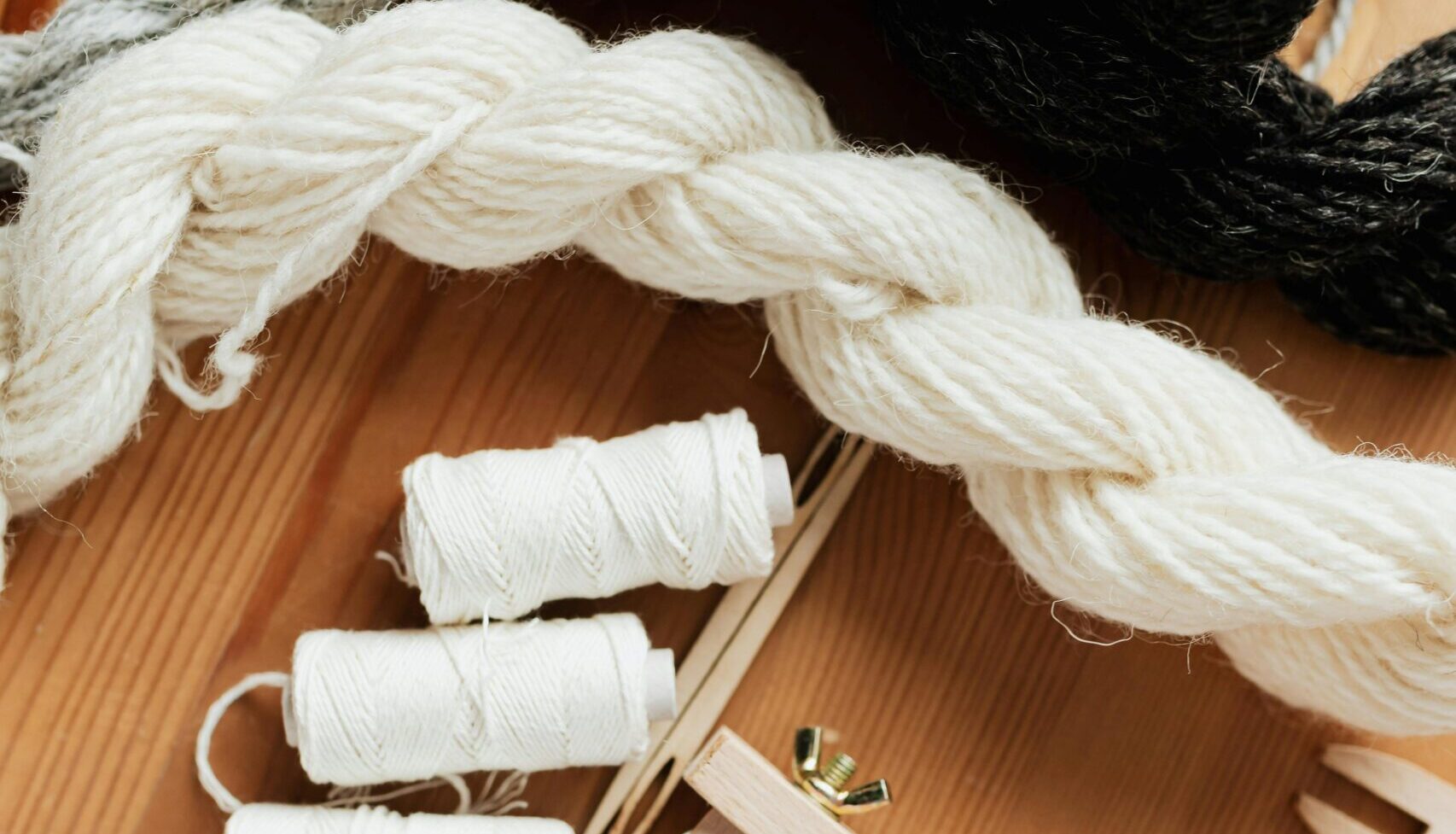
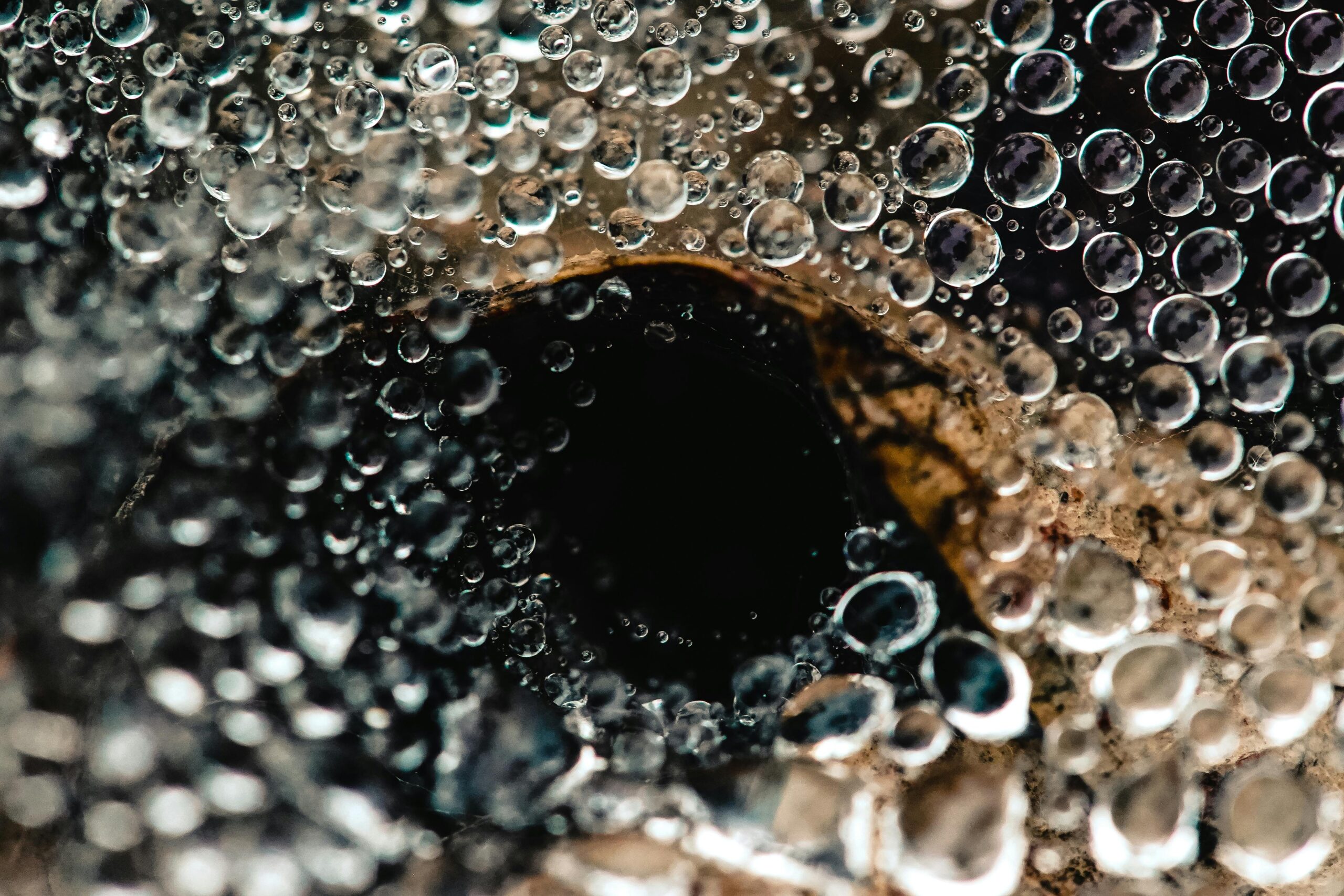
Washing your fibre is the first stage of your fibre preparation. The technical term is scouring and is slightly different depending on whether you are going to dye protein or cellulose fibres.
If you are unsure whether your cotton, wool, linen or any other type of fabric, is classified as protein or cellulose, click on the Fibre Type button.
To see the washing process of your cellulous fibres click the Wash button below.
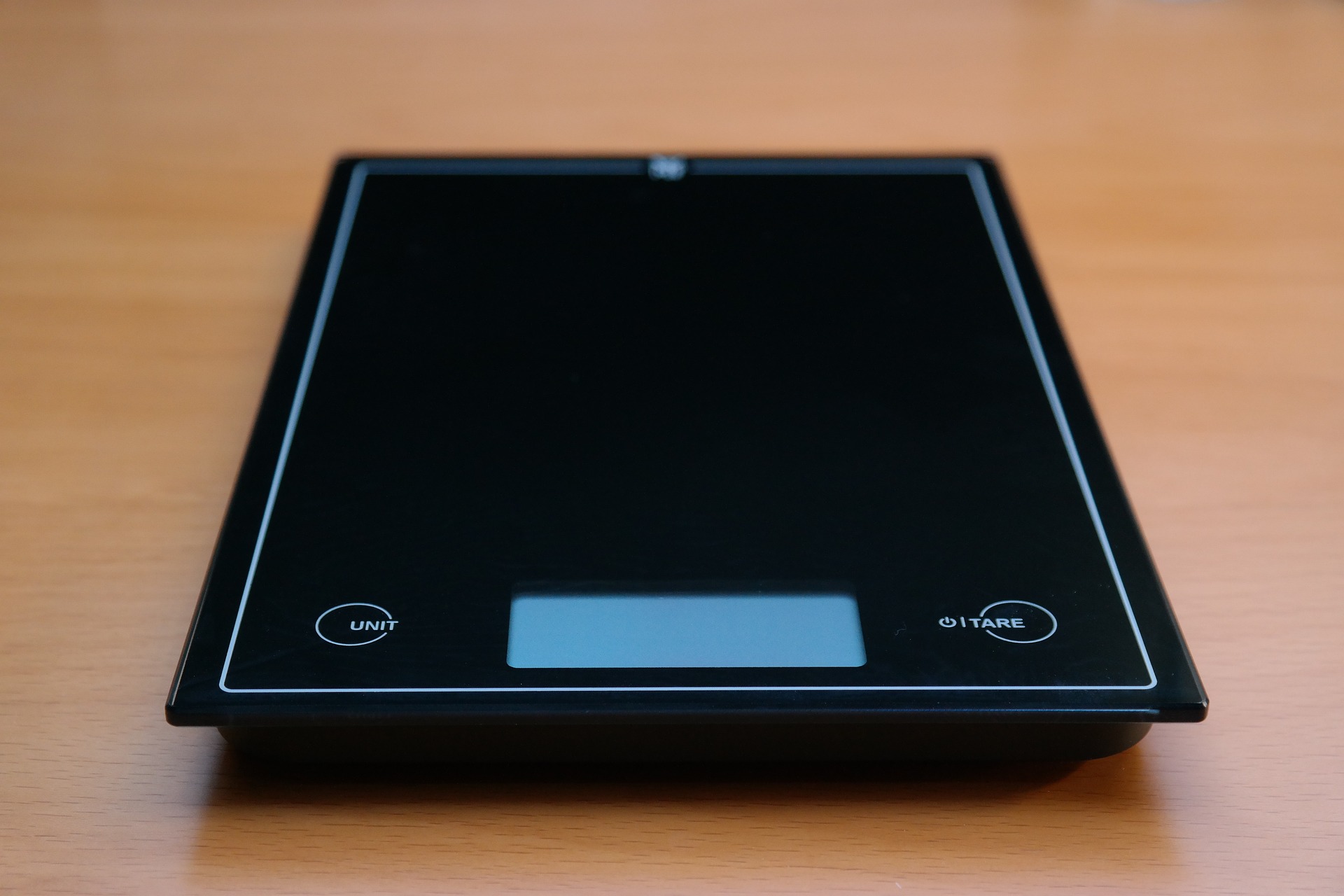
What will you need for mordanting your cotton with alum?
Bucket
Water
Washed Fibre- Your fibre should be wet when added to the bucket. You can mordant your fibre straight after washing and rinsing. If you have previously dried your fibre after washing, place it in a bowl of water for half an hour to get the cells open and ready for the mordanting with alum.
Tannin
Alum
Scales
Measurements.
The first thing you will need to do is weigh your fibre. You will need to know how much fibre you have, to determine how much alum and cream of tartar to use in your solution. This measurement is called WOF (weight of fibre). You should always weigh you fibres when dry and free from debris.
I
Process of mordanting with alum.
Mordanting cotton with alum is a longer process than mordanting wool. There are 3 main stages which may take you a few days to do. The good news is that you will not need to use electricity or gas for this process . You will also find that dealing with cellulose fibres is not as delicate as dealing with protein. They are more robust so you do not need to be as gentle and you also do not need to worry about the fibres felting.
Stage 1-Tannin
Step 1:
Fill your bucket with hot tap water.
Step2:
Measure out your tannin. You will need 7% of Wof so if you are dyeing 100g of fibre you will need 7g of tannin.
Step3:
Add your tannin to the bucket and stir until dissolved.
Step 4:
Add your wet fibre to the bucket and leave for at least 2 hours. You can leave it overnight for added strength.
Step 5:
Rinse and move straight on to stage 2.
Stage 2 – Alum
Step 1:
Fill your bucket with hot tap water.
Step2:
Measure out your Alum. You will need 15% of Wof so if you are dyeing 100g of fibre you will need 15g of alum
Step3:
Add your Alum to the bucket and stir until dissolved.
Step 4:
Add your wet fibre to the bucket and leave for at least 2 hours. You can leave it overnight for added strength.
Step 5:
Rinse and move straight on to stage 3.
Stage 3 – Repeat Alum
In this stage you basically repeat step 2 but only use 10% of Alum this time.
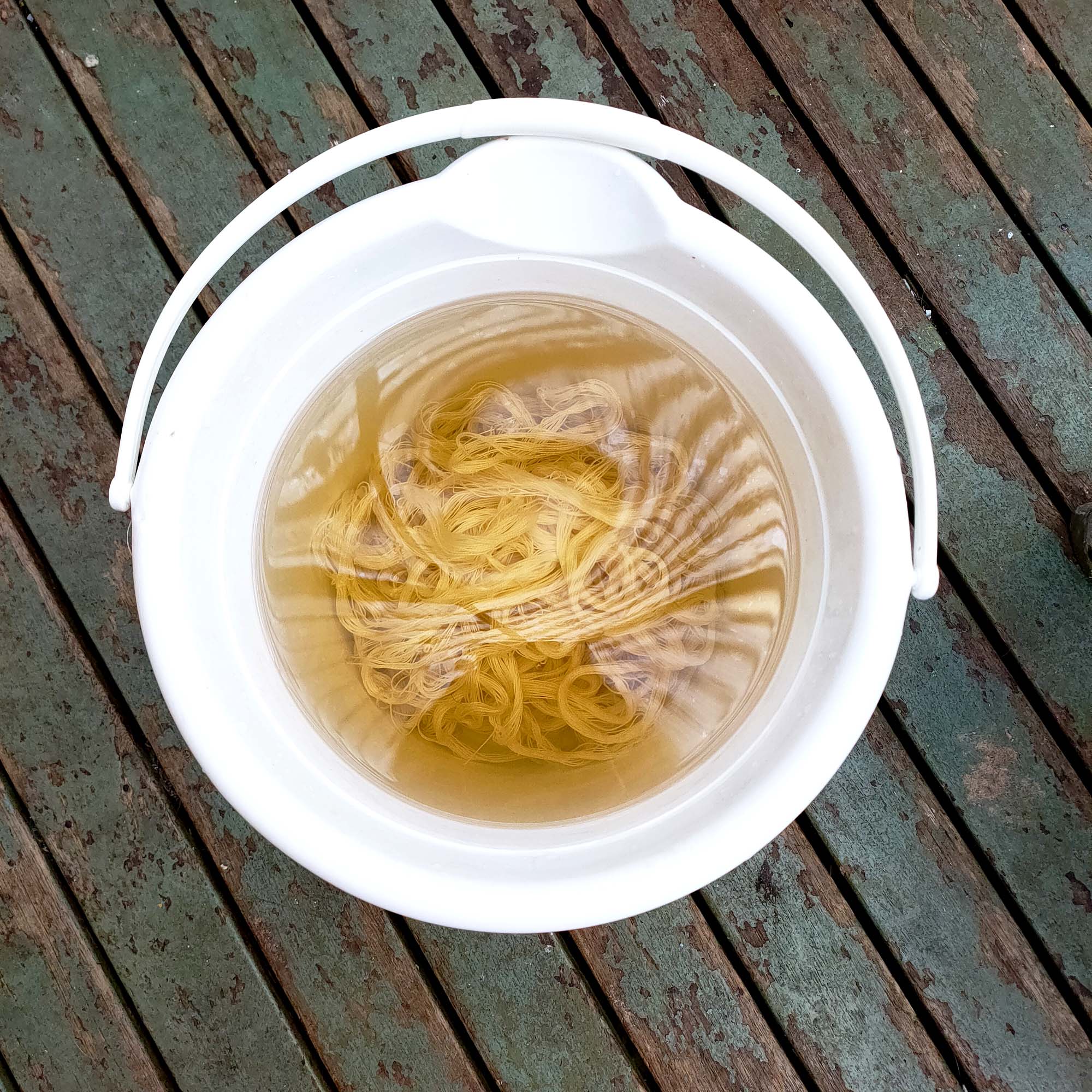

You can now move on to dyeing your fibre or let it dry before putting it away for future use. If you do let it dry for later, make sure to let it stand in some water again before dyeing. Your fibres will attract the dye much easier if they are wet.
If you are re wetting your mordanted fibres for dyeing, leave them in the water for at least 15 minutes. This allows the cells in your fibre to open up and accept the natural dye much easier. As with the earlier processes, you will need to gently place the fibre in room temperature water and gently squeeze out any air bubbles. You do not want to agitate the wool too much as it may cause it to felt.
Join us on Instagram www.instagram.com/DyetoCraft
Etsy Shop Now open
If you like the idea of using organic naturally dyed threads in your craft but just don’t have the time, come and have a look at our Etsy Shop where you will find an array of beautiful colours provided by nature.

